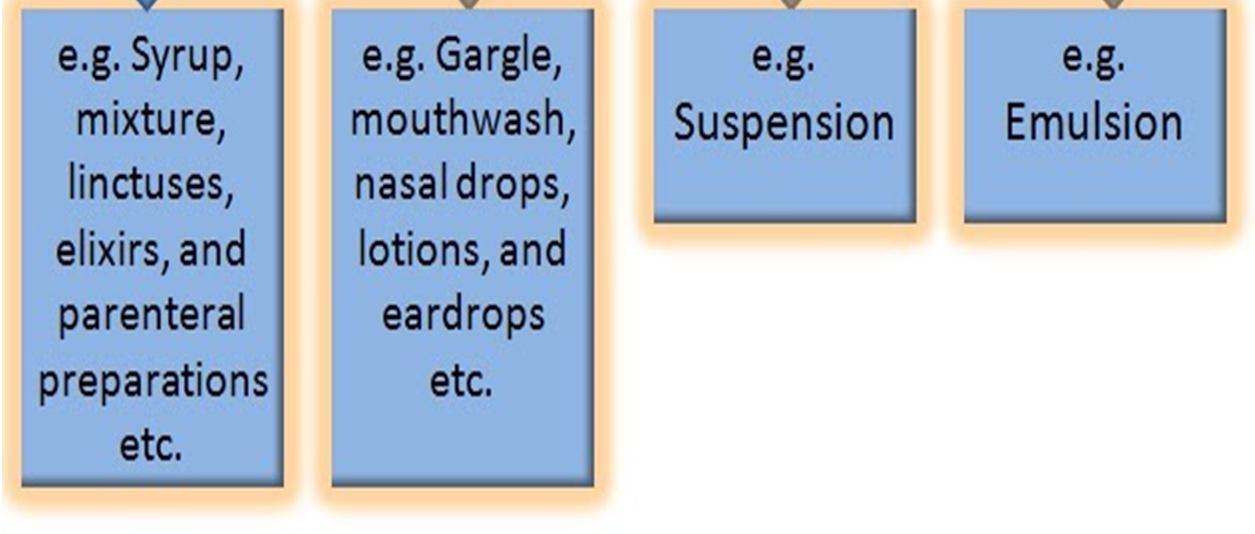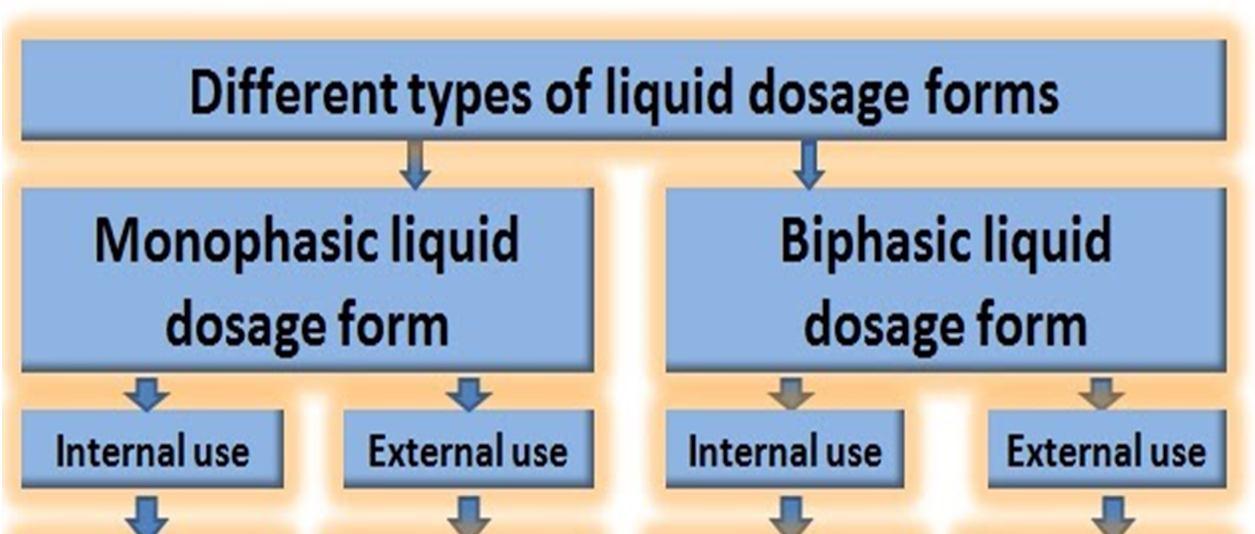
ISSN: 2321-9653; IC Value: 45.98; SJ Impact Factor: 7.538 Volume 11 Issue I Jan 2023- Available at www.ijraset.com



ISSN: 2321-9653; IC Value: 45.98; SJ Impact Factor: 7.538 Volume 11 Issue I Jan 2023- Available at www.ijraset.com

Abstract: Liquid dosage forms are generally found in medicines for aged and paediatrics patients. Though, they have specific advantages, along with fast efficacy due to the devoid of dissolution time and quick absorption in the stomach and intestines than tablets. Liquid formulations have been broadly used in pharmaceutics due to their high dosing adjustability, comfort of swallowing, and rapid onset of action.
Keywords: Liquid dosage forms, Suspension, Emulsion, Solution

Liquid dosage forms are a pharmaceutical preparation in which an active drug is mixed with non active components (solvent, additive). These preparations are widely used due to their better bioavailability than other dosage forms. Liquid dosage forms are prepared by dissolving the active drug in an aqueous or non aqueous solvent or by suspending the active drug into the solvent or by mixing the immiscible liquid with each other. It can be administered by –Topically (lotions, Ear drops, Eye drops), orally (Syrups, Emulsion, Suspension), Parenterally (intramuscular, intravenous, subcutaneous injection)

1) It is safer than solid dosage forms.
2) Bioavailability of liquid dosage form is more than solid dosage form.
3) It is easy to administer.
On the basis of their phases they are classified into two types- Monophasic & Biphasic

